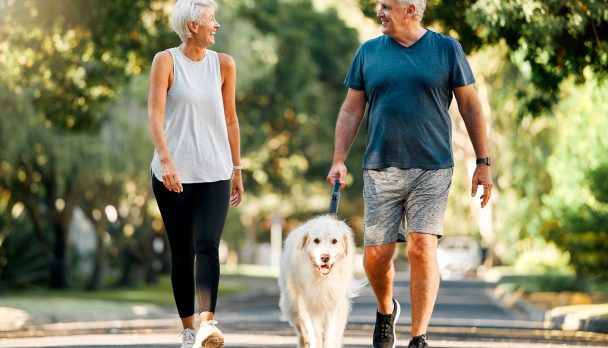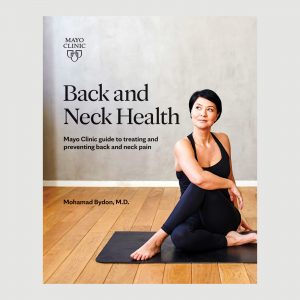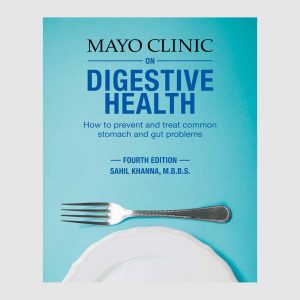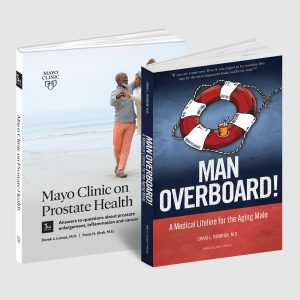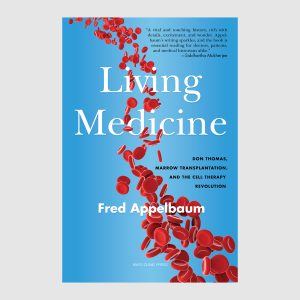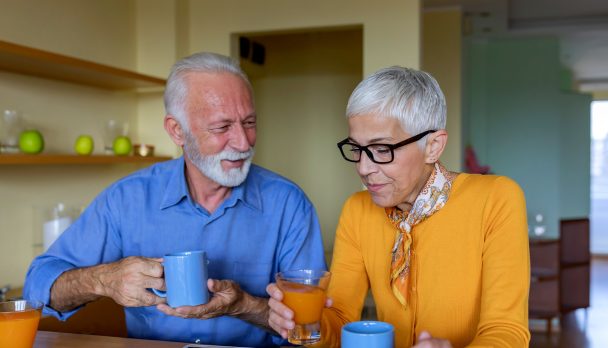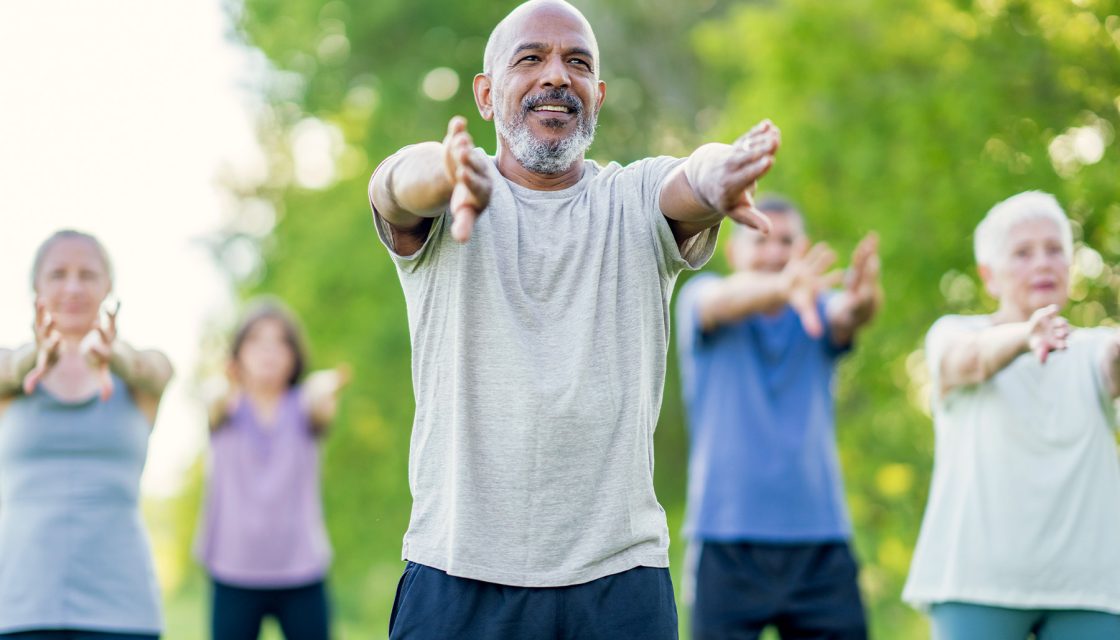
“Mayo Clinic Guide to Holistic Health,” by Brent A. Bauer, M.D., provides in-depth information and insight from Mayo Clinic experts on over 30 unique topics on holistic health. This includes the expertise of Alexander Do, L.Ac., an acupuncturist who has over 20 years of experience practicing tai chi. In the following excerpt, Do discusses the misconceptions and health benefits of tai chi. He also highlights the accessibility aspect of tai chi, noting that the many levels and versions of tai chi make it an exercise for everyone.
Alexander Do, L.Ac., an acupuncturist at Mayo Clinic, has been practicing tai chi for over 20 years. While many think of tai chi as a self-defense practice, it is a system of exercise that nearly anyone can do.
The best thing about tai chi is that it can be started at any age. The exercises follow the principles of the life energy qi and the two opposing forces of yin and yang. When yin and yang are balanced, qi can be cultivated and flow freely.
Tai chi incorporates a wide range of physical movements that are coordinated, slow, meditative, flowing and in sync with the mind and breath. Tai chi is practiced with the intention to strengthen and relax the body and mind. “These practices are ideal for health and healing, as the goal is to harmonize our bodies internally and externally,” Do says.
Beginner tai chi exercises are quite simple, Do says. For example, imagine you are putting a light blanket on your bed. Slowly bring your arms up with palms relaxed and your fingers pointing downward as you move. Then as your wrists and elbows drop down naturally, slowly bring your arms down.
“So you basically create a wave as your wrists and elbows go up, and then when they go down,” Do says. You do it slowly and you breathe in sync with your movements. “When you slow your body down, your heart rate will slow down and your cortisol, the stress hormone, will drop,” Do explains. “Your body and your brain will start promoting the relaxation response.” The main purpose of tai chi and the similar practice of qigong is to make a conscious effort to control your body instead of your body controlling you.
An excerpt from “Mayo Clinic Guide to Holistic Health” by Brent A. Bauer, M.D.
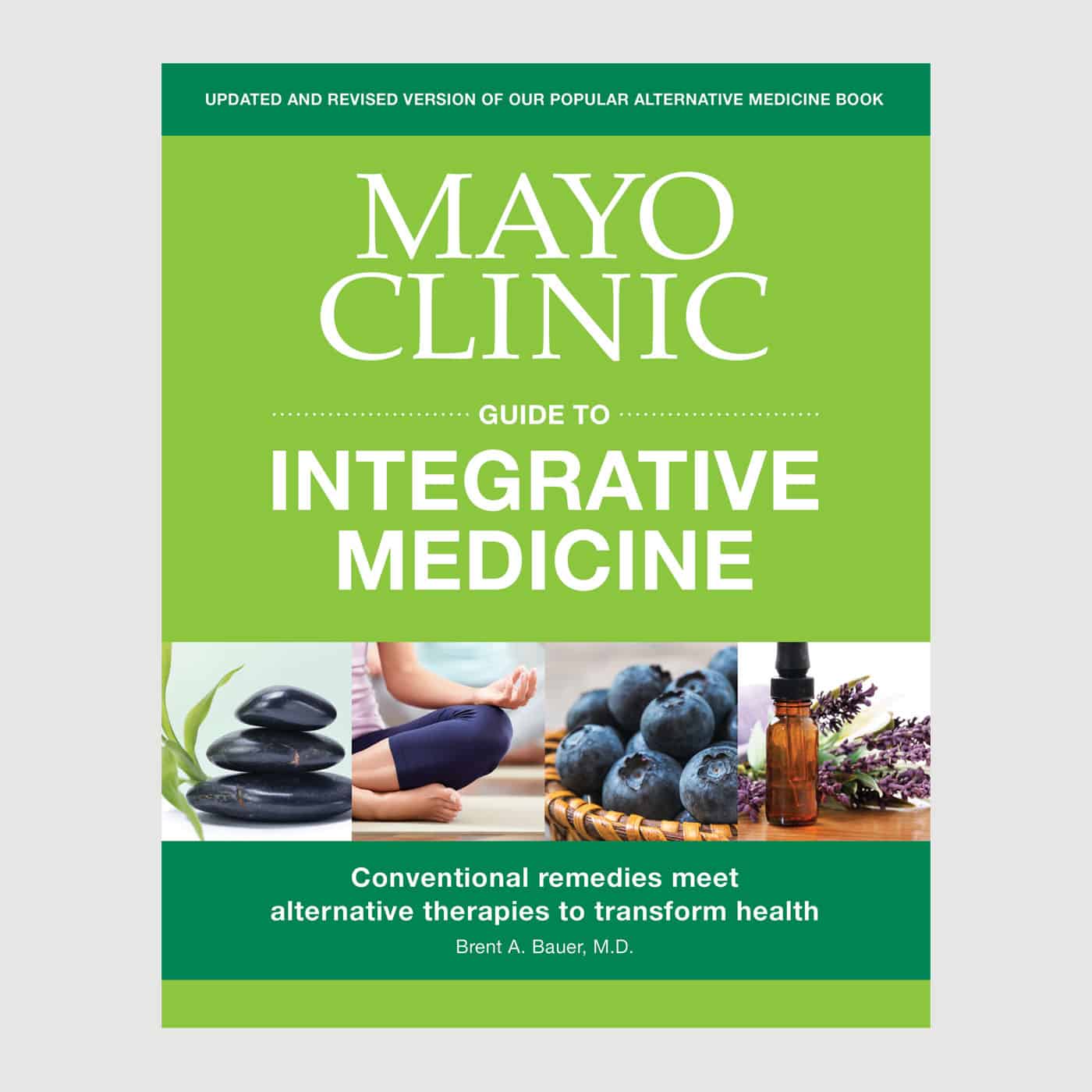
Relevant reading
Mayo Clinic Guide to Integrative Medicine
Once believed to be an alternative approach to patient care, integrative medicine has been shown by recent studies to be a valid option for improving chronic pain, fatigue, depression and anxiety, as well as overall wellness. In fact, 1 in 3 American adults uses integrative medicine. Whether utilized on its…







